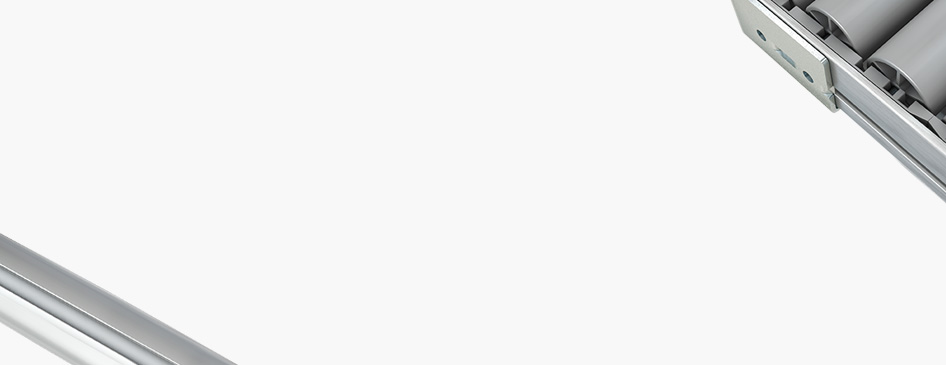
Seleccione uno
o más idiomas
0,1,3
- Alemán
- Inglés
- Chino
- Español
Oxide ceramics
Oxide ceramics are technical Ceramics and are thus categorised as non-metallic mineral materials. The particles in oxide ceramic masses are held together by ionic bonding.
Aluminium oxide ceramics have the broadest field of application, for example in sealing washers on fittings and in crushing mills (balls), precision-Grinding tools, Cutting plates and insulating parts. Aluminium oxide exhibits very high stability at high temperatures and in corrosive environments, flexural Strength and hardness.
Zirconium oxide ceramics are usually stabilised (alloyed) with other oxides (MgO, Y2O3) to prevent phase transitions and any associated cracking that could occur during a change in temperature. These ceramics are differentiated based on how much stabiliser has been incorporated:
- Fully stabilised zirconia (FSZ, highly resistant to elevated temperatures, suitable for use in sensors in exhaust gas monitoring applications, electrolyte in fuel cells)
- Partially stabilised zirconia (PSZ, low coefficients of friction, low tendency to fuse with Steel, used in valve guides, turbine blades, firing chambers, drawing and Bending tools and cutting ceramics)
- Tetragonal zirconia polycrystal (extreme flexural strength, high fracture Toughness)
Aluminium titanate has a low Modulus of elasticity and exhibits very low thermal conduction and Thermal expansion. As a result, it is not sensitive to thermal shock stresses caused by non-uniform temperature distributions. It is often used in metering tubes and nozzles.
